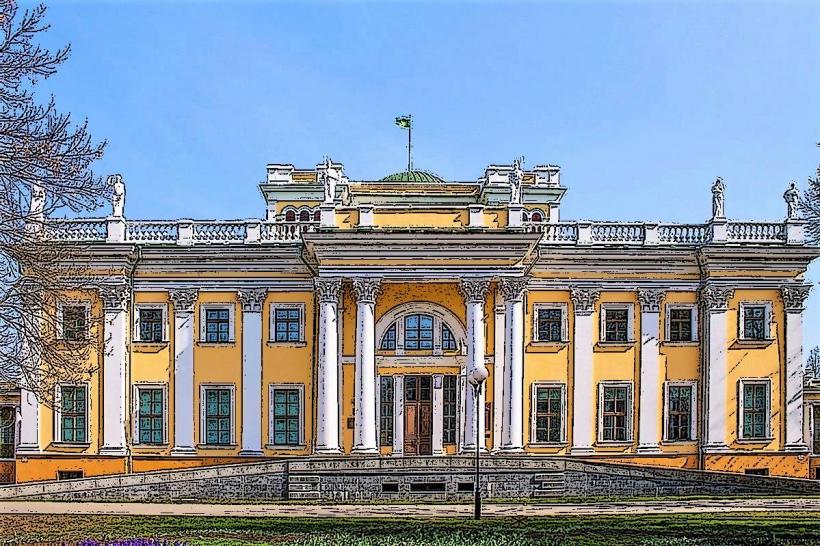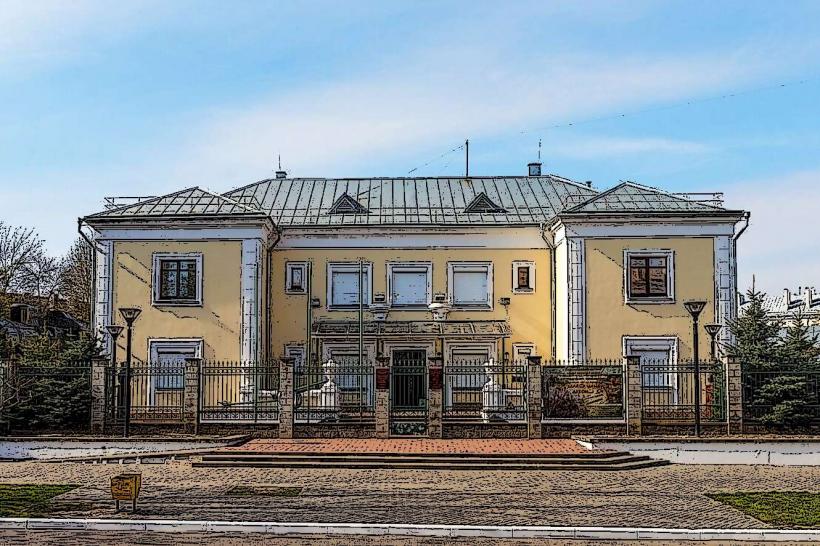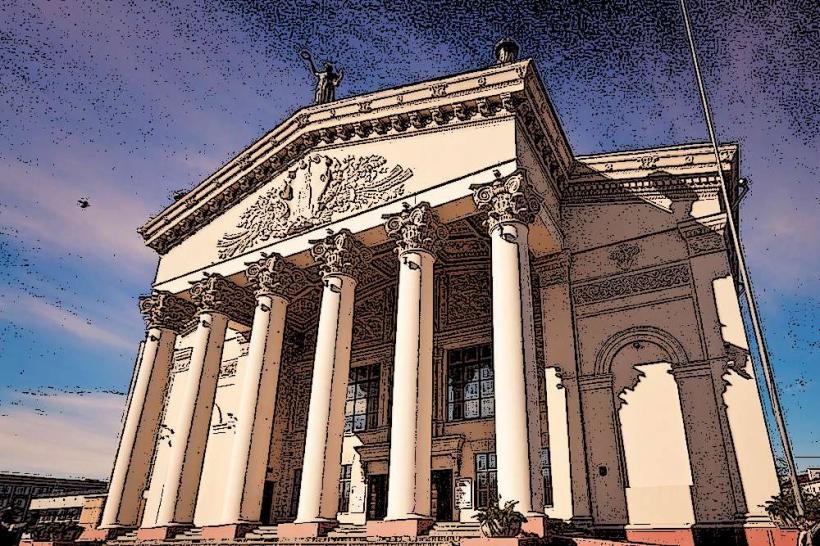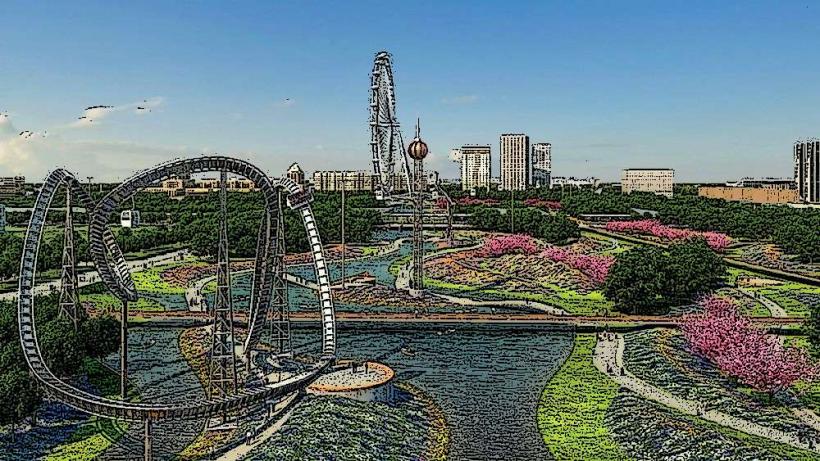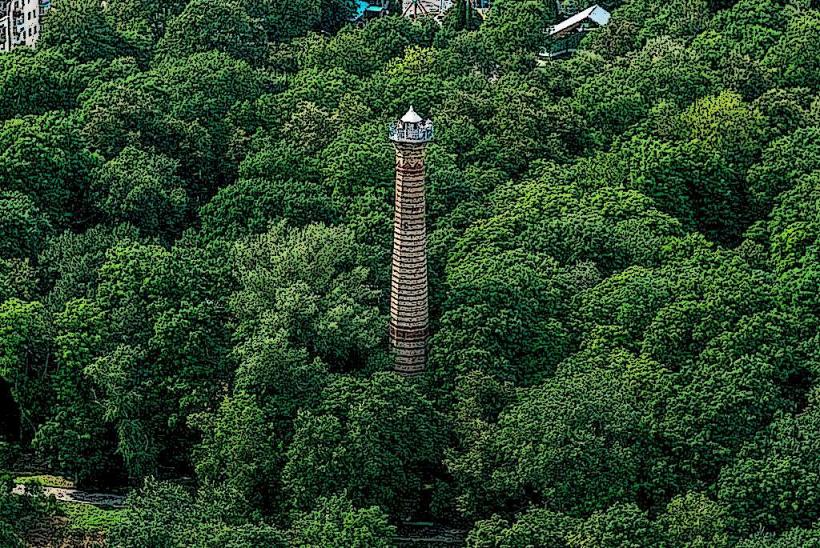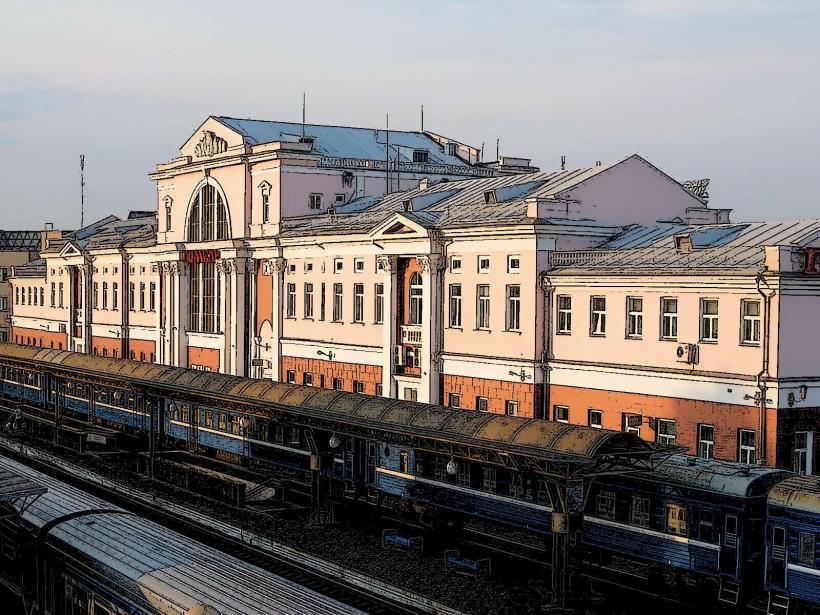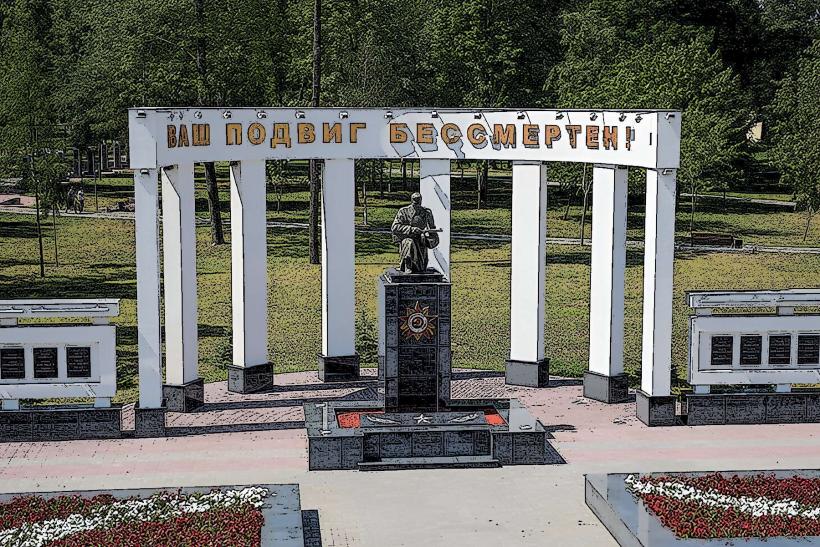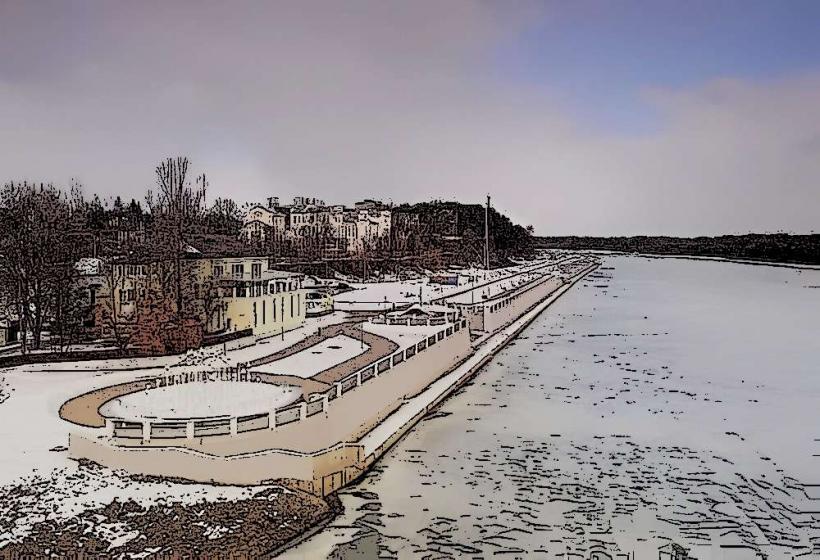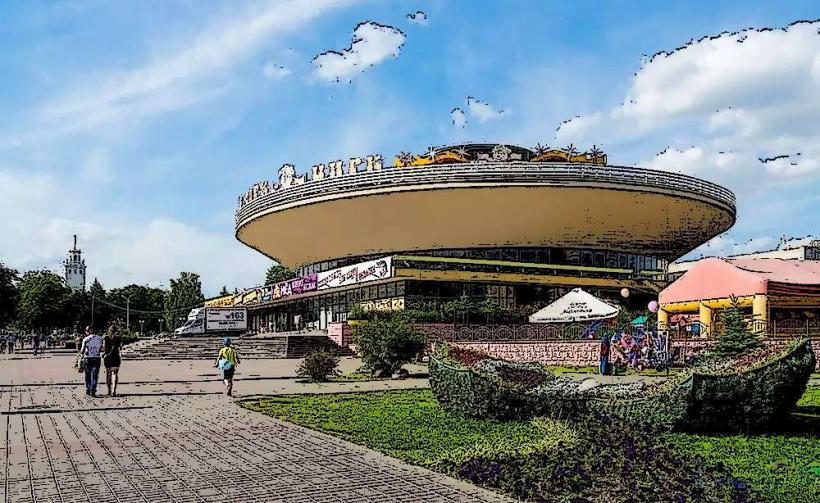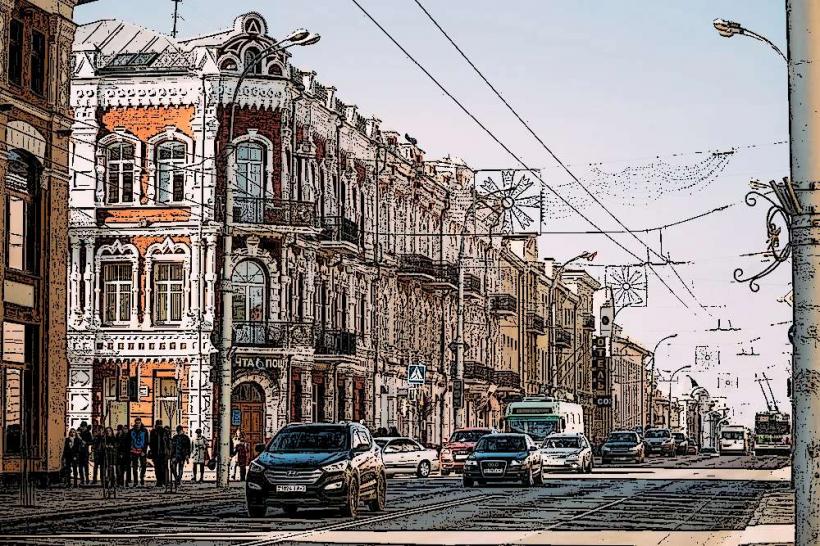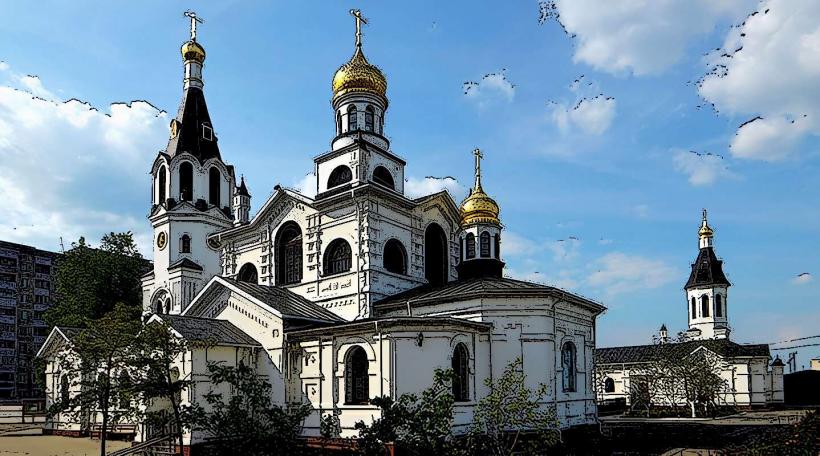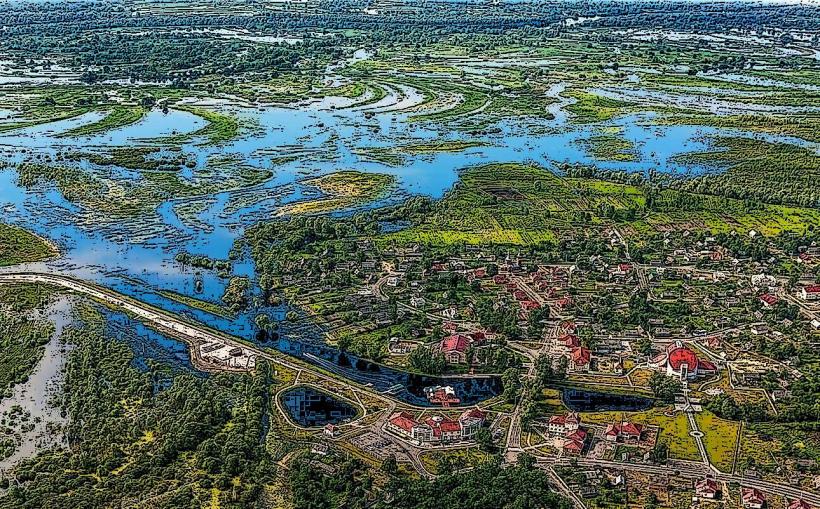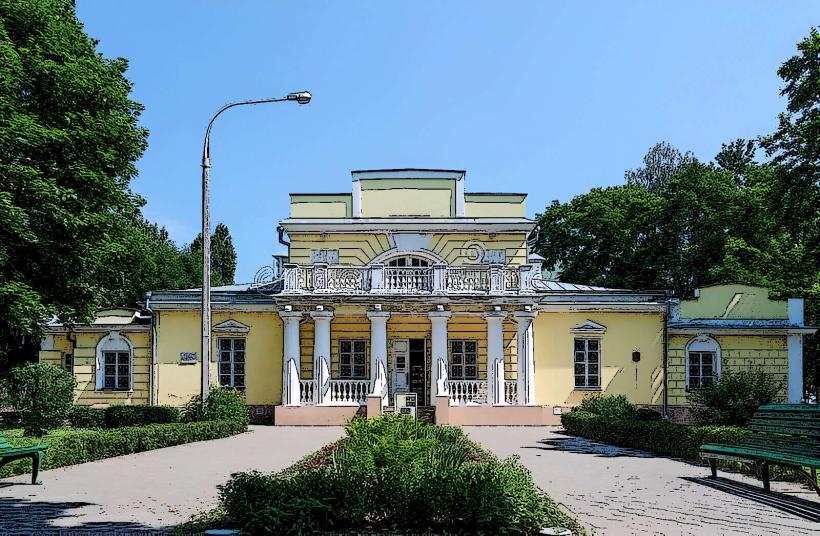Information
Landmark: Gomel Palace and Park EnsembleCity: Gomel
Country: Belarus
Continent: Europe
The Gomel Palace and Park Ensemble is a significant cultural and architectural landmark located in the city of Gomel, Belarus. It is one of the country's most prominent historical and architectural complexes, reflecting the rich history and artistic heritage of the region. The ensemble consists of a palace, an extensive park, and several additional architectural elements. Here's a detailed overview:
1. History and Background
The origins of the Gomel Palace and Park Ensemble date back to the 18th century. Initially, it was a modest estate, but over time, it transformed into a luxurious residence. The site gained prominence when it became the residence of the wealthy and influential Radziwiłł family in the late 18th century. The Radziwiłłs were one of the most powerful noble families in the Polish-Lithuanian Commonwealth, and they expanded the estate into a grand palace with extensive gardens.
In the early 19th century, after the estate passed to the Romanov family, the palace became a favored residence of the Russian imperial court. Emperor Nicholas II and other Romanov family members visited the palace regularly. The estate continued to grow and undergo renovations, with architectural influences from different periods, including Baroque, Classical, and Empire styles.
2. Palace Architecture
The Gomel Palace itself is a beautiful example of neoclassical architecture. It was reconstructed and expanded several times throughout its history. The building's design is symmetrical, with a central facade featuring a grand portico supported by columns. The palace is characterized by its light color palette and elegant proportions.
Notable features of the palace include:
- Main Entrance: The main entrance features a large portico with Corinthian columns, giving the building a monumental and elegant appearance.
- Interiors: Inside, the palace has been furnished with a mixture of 18th and 19th-century furniture and decor. The interiors feature a rich combination of classical and imperial styles with lavish ornamentation.
- Exhibition Halls: Today, the palace serves as a museum. It hosts exhibitions on the history of the palace, the Radziwiłł family, and the development of the region, as well as exhibits related to the cultural heritage of Belarus.
3. The Park
The park surrounding the palace is one of the largest and most well-maintained in Belarus. It covers an area of about 40 hectares and is designed in the English landscape style, which was popular during the 19th century. The park features a variety of tree species, picturesque walking paths, and several ponds. Notable aspects of the park include:
- Ponds and Streams: The park is home to several artificial ponds and small streams that add to its serene atmosphere. The layout of the park is designed to create a sense of natural beauty, with winding paths and strategically placed trees and water features.
- Sculptures: There are several statues and sculptures scattered throughout the park, many of which are replicas of classical works, such as busts of notable historical figures.
- Greenhouses and Gardens: In the 19th century, the park also featured greenhouses where exotic plants were cultivated, contributing to the lush diversity of the landscape.
- The "White Pavilion": One of the park's notable architectural features is the White Pavilion, an elegant structure situated at the edge of one of the ponds. The pavilion is a great example of the romantic aesthetic that pervaded 19th-century park design.
4. Later Developments
After the revolution of 1917 and the changes in political leadership, the Gomel Palace underwent various transformations. During the Soviet era, the palace was repurposed for public and state functions. It became a museum and cultural center, hosting exhibits and serving as a venue for government events.
In the post-Soviet period, significant efforts were made to restore the palace and its park. The ensemble is now a popular tourist destination, attracting visitors interested in Belarusian history, architecture, and the arts.
5. Modern Use and Cultural Significance
Today, the Gomel Palace and Park Ensemble is a museum complex, offering insights into the region's noble past and cultural heritage. It serves as an important center for the preservation and study of Belarusian history. The palace often hosts cultural events, concerts, and exhibitions, and the park remains a beloved green space for locals and tourists alike.
In addition to being a museum, the ensemble also serves as an architectural landmark, representing the blending of different historical and cultural influences in Belarus, particularly those from the Polish-Lithuanian Commonwealth and the Russian Empire. The park and its historical elements make the ensemble a valuable piece of Belarusian heritage.
6. Architectural and Artistic Significance
The ensemble showcases a unique blend of architectural styles, including:
- Baroque: Seen in the initial design and some of the decorative elements.
- Neoclassicism: Predominates in the later renovations, especially in the grandiose and symmetrical design of the palace and the park’s layout.
- Romanticism: Seen in the park design, with its naturalistic features and ornamental structures such as pavilions and sculptures.
The Gomel Palace and Park Ensemble remains an important reminder of the opulent past of the Belarusian nobility and is considered one of the most well-preserved and aesthetically significant sites in Belarus.
Conclusion
The Gomel Palace and Park Ensemble stands as a testament to the opulence and historical importance of the region, showcasing exquisite architecture and lush landscaping. It offers a glimpse into the past, where aristocratic families like the Radziwiłłs left a lasting mark on the landscape, architecture, and cultural heritage of Belarus. Today, it is a valuable historical and cultural asset that continues to attract visitors from around the world.

